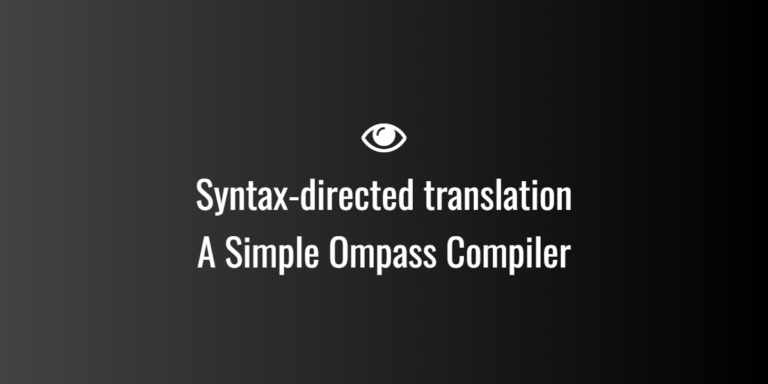
Query Processor in DBMS
A query processor is a crucial component of a Database Management System (DBMS) that interprets, optimizes, and executes database queries. It ensures that a query is processed efficiently to retrieve accurate results with minimal computational cost.
1. Functions of a Query Processor
1.1 Query Parsing
- The query is checked for syntax errors and semantic correctness (e.g., valid table and column names).
- The query parser converts the SQL query into an internal representation, like a parse tree.
1.2 Query Translation
- The parsed query is converted into relational algebra or other internal representations that the database engine can process.
- Example:
SELECT * FROM students WHERE age > 18;- Translated into: σ (age > 18) (students) (relational algebra notation).
1.3 Query Optimization
- The query optimizer selects the best execution plan by analyzing different ways to retrieve data.
- Optimization techniques:
- Indexing – Using indexes to speed up data retrieval.
- Join Optimization – Choosing the best algorithm (nested loop, hash join, etc.).
- Query Rewriting – Transforming queries for efficiency (e.g., using materialized views).
1.4 Query Execution
- The query is executed based on the optimized plan.
- The execution engine interacts with storage managers to retrieve and manipulate data.
2. Components of a Query Processor
2.1 Query Parser
- Checks for syntax and semantic errors.
- Converts the SQL statement into an internal tree structure (parse tree).
2.2 Query Rewrite Engine
- Converts complex queries into simpler, equivalent queries to improve efficiency.
2.3 Query Optimizer
- Determines the most cost-effective way to execute the query.
- Uses cost-based or rule-based optimization strategies.
2.4 Query Execution Engine
- Executes the optimized query by interacting with the storage engine.
- Retrieves data from disk or memory using indexing, joins, and caching mechanisms.
3. Types of Query Processors
3.1 SQL Query Processor
- Used in relational databases like MySQL, PostgreSQL, and SQL Server.
- Optimizes and executes SQL queries efficiently.
3.2 Search Engine Query Processor
- Used in search engines like Google, Elasticsearch, and Solr.
- Processes and ranks search queries using indexing and ranking algorithms.
3.3 AI/ML Query Processor
- Used in data analytics and machine learning platforms (e.g., Apache Spark, Google BigQuery).
- Optimized for big data queries and distributed computing.
4. Query Optimization Techniques
- Use of Indexing – Reduces lookup time.
- Partitioning – Splits large tables for faster access.
- Caching – Stores frequent query results.
- Materialized Views – Precomputed query results for faster retrieval.
- Join Optimization – Choosing the most efficient join method.
5. Query Processor in Different DBMS
| DBMS | Query Processing Features |
|---|---|
| MySQL | Uses Query Cache, Indexing, and Optimizer Hints |
| PostgreSQL | Supports Cost-based Optimization (CBO) and Parallel Query Execution |
| Oracle DB | Uses Query Execution Plans, Partitioning, and Automatic Query Optimization |
| MongoDB | Uses Aggregation Pipelines, Indexes, and Sharding for NoSQL queries |
| Google BigQuery | Uses Serverless Query Processing, Columnar Storage, and Distributed Execution |
Conclusion
A query processor is a critical component of database systems, ensuring that queries are parsed, optimized, and executed efficiently. Advanced query processing techniques, such as indexing, caching, and cost-based optimization, significantly enhance database performance.




